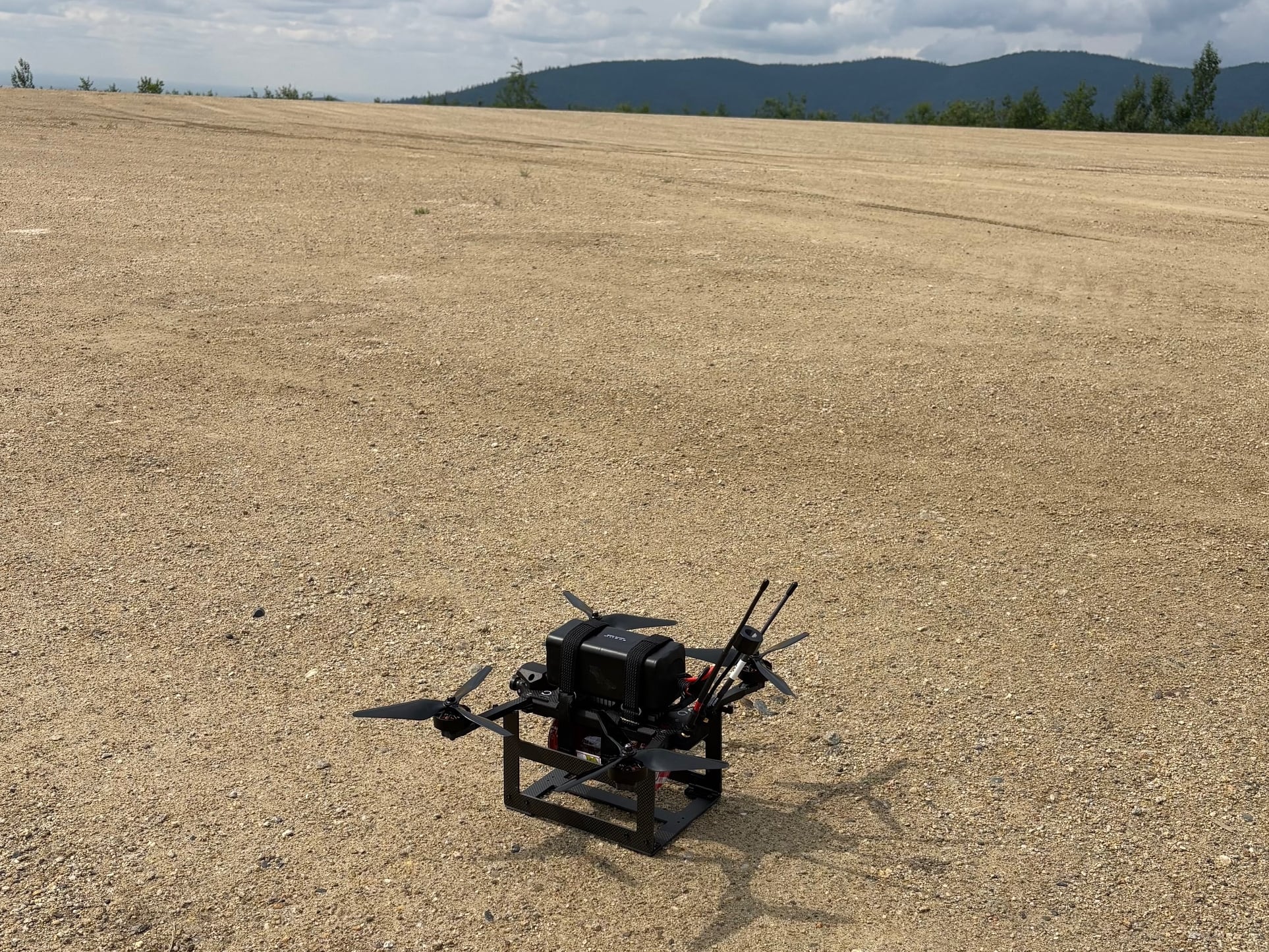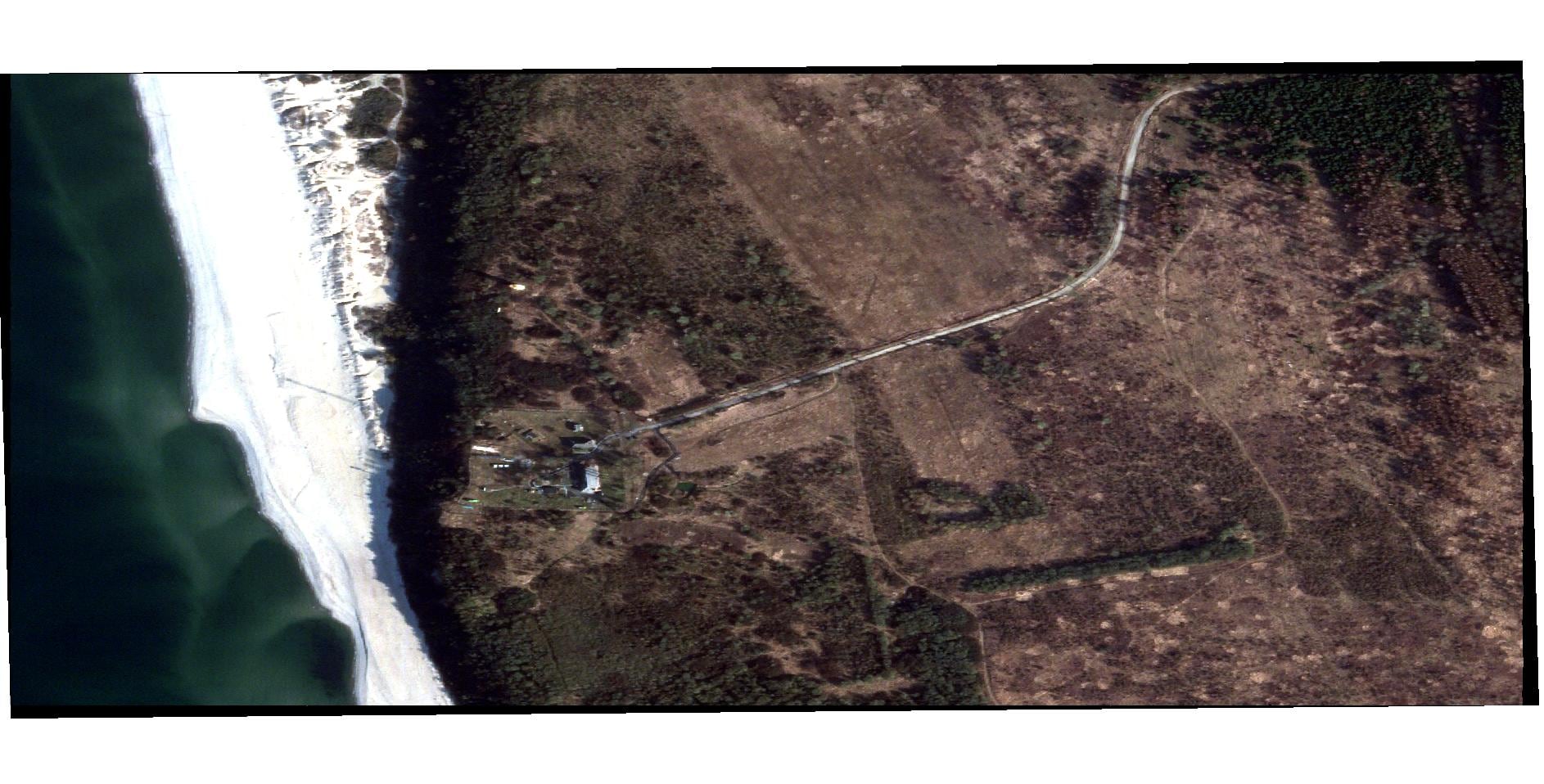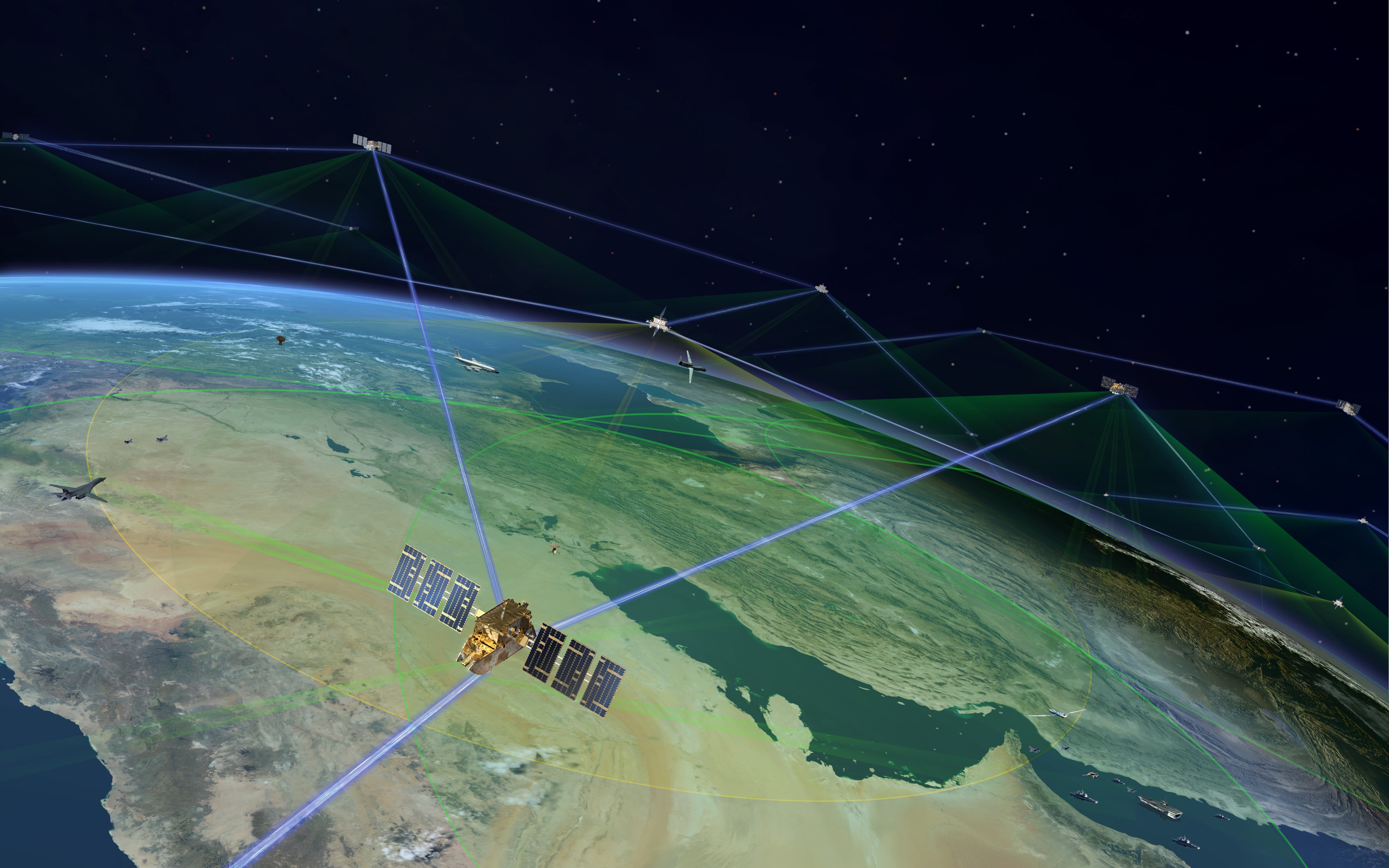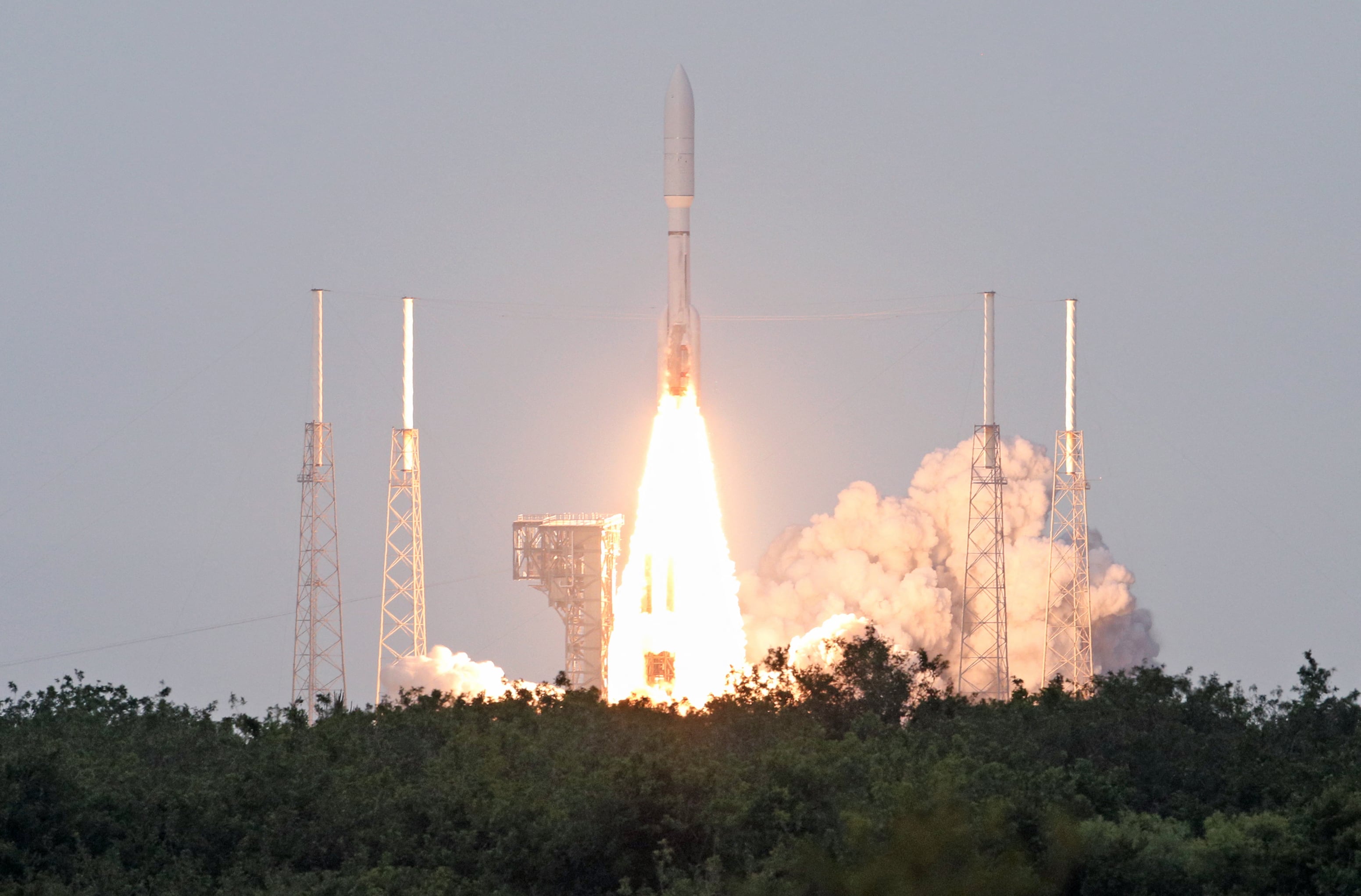Could an old air navigation system supplement the Global Positioning System? The government thinks it is possible.
Exelis, UrsaNav Inc., the Homeland Security Department and the Coast Guard have signed a cooperative research and development agreement to develop former LORAN-C sites for potential eLORAN low frequency signals.
LORAN, which stands for long-range navigation, was developed during World War II. It uses low-frequency radio signals and originally had a range of about 1,500 miles. LORAN-C, a product of Air Force research after the war, had an even longer range and more refined accuracy.
According to Exelis, the team involved in the research agreement will evaluate eLORAN as possible companion to GPS. Exelis will first develop an old LORAN station in Wildwood, New Jersey. The station will broadcast a signal with a range of up to 1,000 miles.








